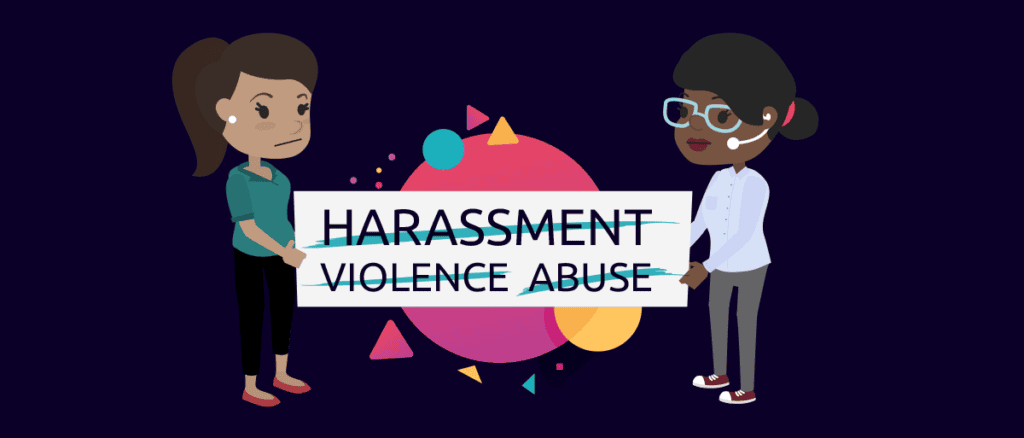
The tragic disappearance of Suzy Lamplugh can still capture headlines 32-years after she went missing. When police announced they were reopening their murder investigation in October 2018, newspapers splashed the story across their front pages. Thankfully, this in part reflects the rarity of such awful events – though the risk of physical and sexual assaults remains real for too many women in particular.
The Suzy Lamplugh Trust, set up by her grieving parents before they died, still campaigns to protect lone workers from assault. It organises National Personal Safety Day on 8 November every year. In 2018, it marked the day by launching its Stay Safe At Work campaign, with a specific focus on the retail sector.
In a survey of 1000 employers and employees, the Trust identified an “urgent need for employers to embed personal safety into workplace culture.” This message received support from The British Safety Council, which pointed out that around six million people work alone in the UK each day. It went on to say that, according to the National Crime Survey, around 150 of these workers suffer violence every day.
As the British Safety Council noted, such crimes take place despite the rise in technologies that enable remote workers to remain in close contact with colleagues. From mobile phones to sophisticated monitoring and reporting devices, there are now more ways than ever of keeping employees safe. However, the risks will remain so long as employers fail to actively use such safeguarding technologies.
The Health and Safety Executive provides useful information on the nature of lone working and the legal responsibilities of employers. Its ‘Working Alone’ guide sets out some of the basic steps people should take to protect themselves and their colleagues. Among those at risk, it identifies ‘service workers’, including estate agents visiting residential or commercial premises.
The first thing any company should do is conduct a thorough risk assessment – and involve workers in the process. If you employ five or more people, you have a legal obligation to record any significant findings of such assessments. It is important that you try to determine the appropriate level of supervision to keep your colleagues safe while giving them the autonomy to do their job.
A risk assessment is just the start. You must also ensure all workers are familiar with the reporting procedures and know what to do in an emergency. This means providing adequate and regular training for existing and new team members – and reviewing your procedures to ensure they remain relevant.
That also involves reviewing the way technology is changing the nature of lone working. There is a balance to strike between monitoring people for their personal safety and intrusive tracking of their every move. This is something we have been working on at Safepoint for over a year now – and we’d welcome your thoughts on whether our Guardian Portal gets that balance right.
Award-winning safety management tools and a fully accredited response team.